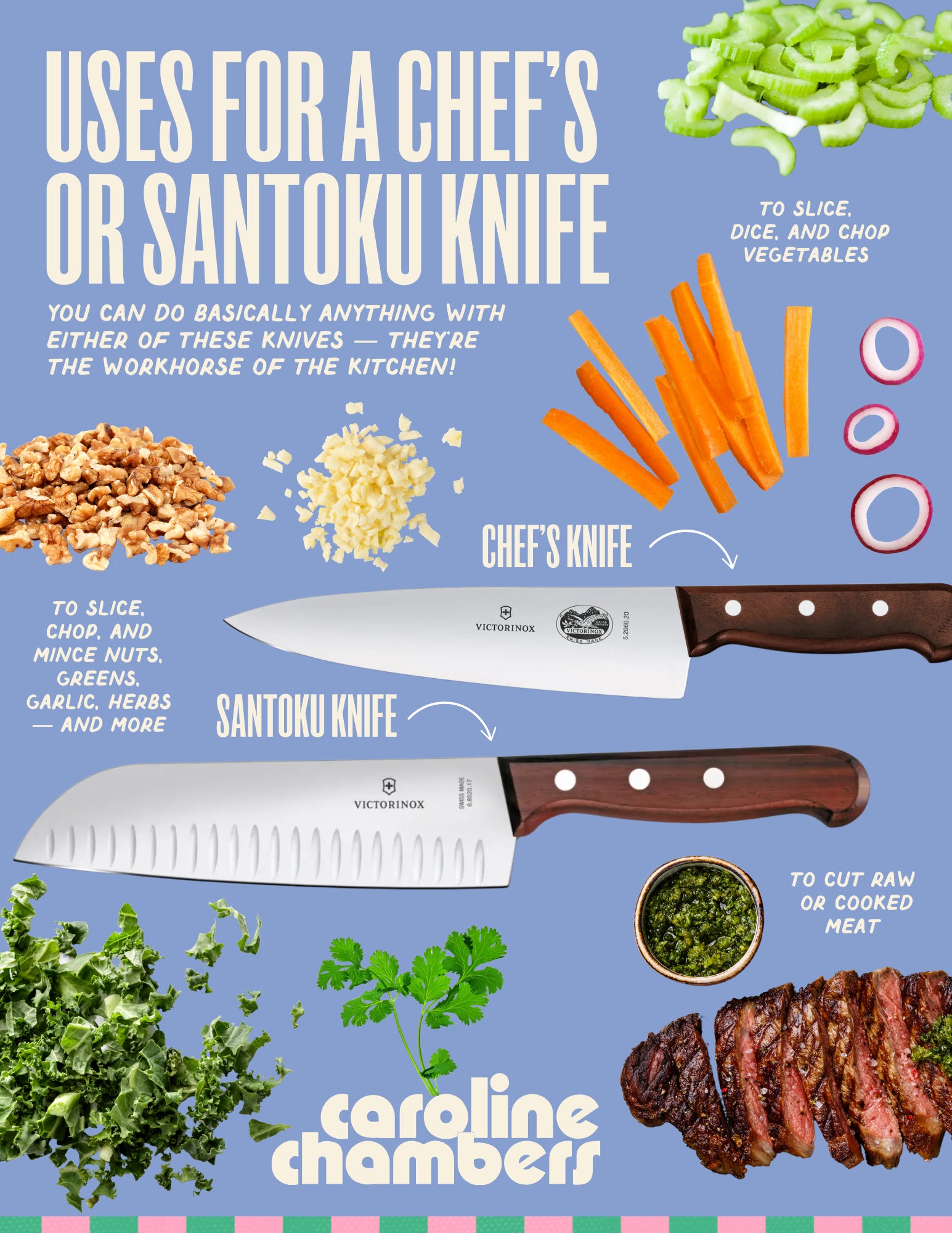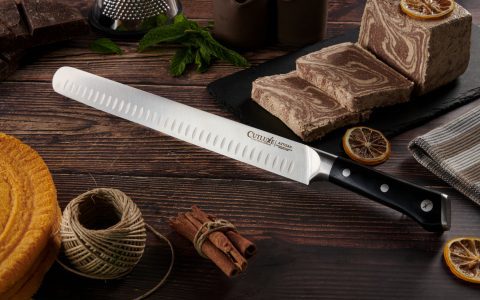Rounded knives, like santoku or certain chef's knives, feature a curved blade that enhances cutting through a smooth rocking motion, making them ideal for beginners due to their efficiency and control.
Core Mechanics of Rounded Knives
The rounded design distributes force evenly, enabling a continuous gliding action for slicing herbs, vegetables, or proteins. This minimizes resistance and prevents food tearing, relying on the blade's inherent arc to guide strokes.
Essential Cutting Tips for Beginners
Start with proper grip and stance:

Hold the handle with a firm pinch grip between thumb and forefinger, keeping other fingers wrapped. Stand with feet shoulder-width apart for stability.
Master the rocking technique:
- Place the blade tip on the cutting board and anchor it with a guiding hand holding food securely.
- Use a controlled up-and-down motion, rolling the knife heel to tip for uniform slices—practice on soft items like tomatoes first.
- Aim for fluid strokes, never forcing the blade to avoid slips.
Maintain blade performance:
Sharpen knives regularly with a honing rod to retain the rounded edge's cutting precision. A dull knife increases risk and requires more effort.
Choose the right surface:

Always work on a stable, non-slip cutting board to preserve blade integrity and ensure safety. Avoid hard surfaces like glass that can damage edges.
Safety First Practices
Focus fully during cutting, keep fingers tucked in a "claw grip" to prevent nicks, and store knives in a block or sheath. Start slow to build muscle memory.






